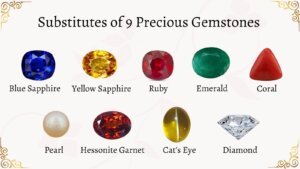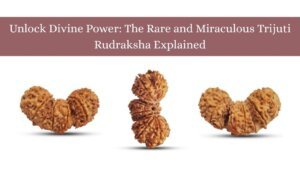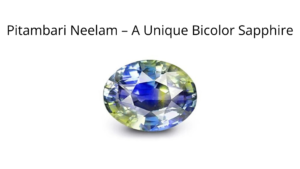Among the world’s most legendary and priceless gems, the Koh-i-Noor stands out not only for its extraordinary beauty but also for its turbulent history and unrivaled legacy. Often regarded as the most expensive diamond known to humankind, the Koh-i-Noor is more than just a dazzling gem — it is a symbol of power, legacy, and controversy that has transcended empires and generations.
The Origins of the Koh-i-Noor
The name “Koh-i-Noor” translates to “Mountain of Light” in Persian, a fitting title for a diamond that has captivated monarchs and collectors for centuries. The origins of this expensive diamond date back over 5,000 years, with some historical references suggesting it was mined in India’s Golconda region. Though the exact date of its discovery remains uncertain, the diamond is believed to have been part of various royal treasuries in the Indian subcontinent for centuries.
Journey Through Empires
The journey of the Koh-i-Noor has been as dramatic as its sparkle. Originally possessed by Indian rulers, the diamond exchanged hands multiple times due to conquests and political upheavals. One of the earliest records of the Koh-i-Noor appears in the memoirs of Babur, the founder of the Mughal Empire. He described a diamond that closely resembles the Koh-i-Noor, suggesting it was already considered an expensive diamond during the 16th century.
The Mughals treasured the diamond, embedding it in the Peacock Throne, an opulent seat of power that symbolized the empire’s grandeur. When Nader Shah of Persia invaded India in 1739, he seized the Peacock Throne and with it, the Koh-i-Noor. According to legend, it was Shah who coined the name “Koh-i-Noor” after witnessing its brilliance.
From Persia, the diamond eventually found its way into the hands of Afghan rulers and later into the possession of Maharaja Ranjit Singh, the founder of the Sikh Empire. Upon his death in 1839, the British East India Company took control of the diamond after annexing Punjab in 1849, and it was soon transported to England.
The British Crown Jewel

In 1850, the Koh-i-Noor was presented to Queen Victoria and became part of the British Crown Jewels. Since then, it has remained on display in the Tower of London, set in the crown of Queen Elizabeth The Queen Mother. Over the years, it has been viewed by millions of visitors, standing as a testament to the British monarchy’s wealth and colonial legacy.
Despite its beauty, the diamond remains controversial. India, Pakistan, Iran, and Afghanistan have all laid claim to it at different times, each citing historical connections. However, the British government has refused to return the diamond, maintaining it was obtained legally under the terms of the Treaty of Lahore.
The Cut That Sparked Debate
Originally, the Koh-i-Noor weighed an astounding 186 carats. However, after it was brought to England, Prince Albert ordered it to be recut to enhance its brilliance. The recutting reduced its weight to 105.6 carats — a decision that sparked debate and criticism, especially since the new cut failed to significantly improve its appearance. Still, it remained the most expensive diamond in the British collection.
The diamond was recut using advanced techniques of the time and is now set in a platinum crown that was last worn by Queen Elizabeth The Queen Mother during the 1937 coronation of King George VI.
Why Is the Koh-i-Noor So Expensive?
Several factors contribute to the Koh-i-Noor’s reputation as an expensive diamond. First, its historical value is unparalleled. Few gems have witnessed as many dynasties, empires, and historical shifts. Second, its size and color — a dazzling, near-colorless oval-shaped stone — enhance its rarity and aesthetic appeal.
Additionally, the controversy and mystery surrounding its ownership have amplified its fame and perceived value. While the exact price of the Koh-i-Noor is impossible to determine, experts estimate its worth could be in the billions if ever put on the market — though it is unlikely to ever be sold due to its symbolic status.
Modern-Day Symbolism
Today, the Koh-i-Noor continues to be a source of fascination and debate. For the British, it is a symbol of royal heritage. For others, particularly in India and neighboring countries, it represents a painful reminder of colonial exploitation. Campaigns for its return have intensified in recent years, reflecting broader movements for the repatriation of cultural artifacts.
The diamond’s story highlights how an expensive diamond can become more than just a gem — it can symbolize entire chapters of human history, geopolitics, and identity.
Conclusion
The Koh-i-Noor is undoubtedly more than just an expensive diamond; it is a living piece of history, wrapped in legend and controversy. From the mines of Golconda to the Crown Jewels of Britain, it has journeyed through time, carrying with it the weight of empires and the hopes of nations. Whether admired for its brilliance or critiqued for its imperial associations, the Koh-i-Noor remains a shining example of how diamonds can capture the imagination of the world for centuries.
As long as its glitter endures, so too will the debates, dreams, and dramas that surround the world’s most expensive diamond.











